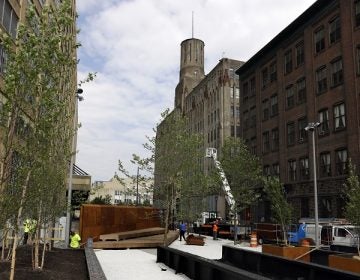DesignPhiladelphia panel questions mega-museums
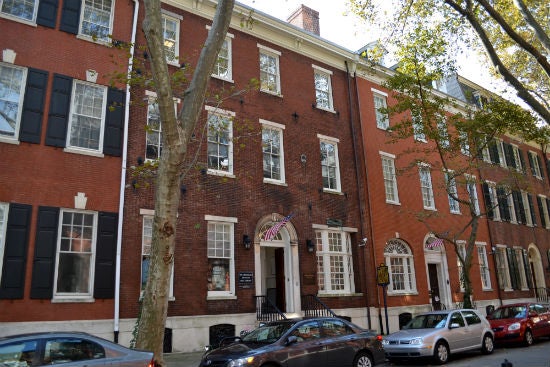
Philadelphia has been riding on the national bandwagon trend of tremendous cultural building and spending that boomed from roughly 1994 to 2008. With major museums and cultural institutions in place, Philadelphia, like many cities, has added several mega museums and institutions in the past couple of decades.
Thursday The Architect’s Newspaper hosted a DesignPhiladelphia event at the Rosenbach Museum and Library to discuss the growth of the city’s mega museums, their viability and their impact on the smaller cultural institutions.
Philadelphia certainly took part in this high level of cultural building. Since 2001, the Barnes Foundation, National Museum of Jewish American History, National Constitution Center, Please Touch Museum, Kimmel Center for the Performing Arts and the Liberty Bell Center all opened in their current, high profile locations.
Peter Frumkin, a panel member and faculty director of the Center for High Impact Philanthropy at the University of Pennsylvania, shared a study by the University of Chicago on this cultural building boom and some of the mistakes that have been seen.
Frumkin compared these cultural construction projects to the Olympic ice luge. Many, he said, set out to build massive, iconic buildings and after just two or three big, initial pushes, there is no stopping the project as it speeds down the course.
“As soon as someone gets up and says ‘what if,’ no one wants to be the person to say no,” Frumkin said.
The study found that cultural construction projects – museums, performing arts centers, and theaters – typically take about nine years, six of which are spent in discussion and planning. The average project takes 19 years to pay off the construction and opening debts, during which time leaders often find planning and programming development was short sited and the motives and actual demand for the project are questioned.

“What happens over and over again,” Frumkin said, “… is the operating expenses end up higher than expected and the revenue ends up lower than expected.”
He noted that many of these projects are driven by board members who are powerful business titans who would never enter a business venture without carefully planning and calculating both costs and demand, but that this happens again and again in cultural building.
Inga Saffron, architecture critic for the Philadelphia Inquirer and a panel member, said these cultural construction projects do hire consultants but that “the research somehow always confirms what they want.”
Many of the new museums are also built with large party spaces and boardrooms.
“We’ve seen a number of institutions in Philadelphia where it’s almost driving the design,” Saffron said and gave The National Museum of American Jewish History as an example of a museum that made a “terrible mistake” in focusing much of its design on its party space.
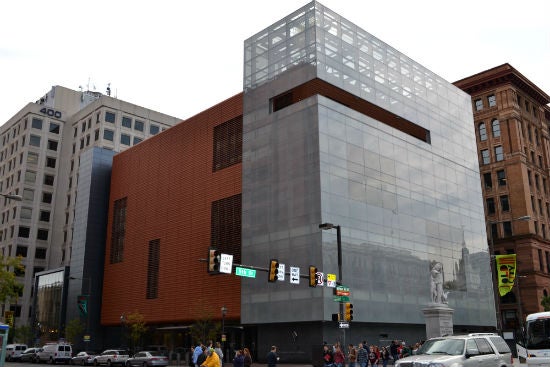
Though the party spaces can be a source of revenue, they do raise the question of whether these new large museums are places for donors to socialize or if they are there to serve a purpose in the community.
“I think what we have today is a problem that institutions aren’t connected to the communities,” said Aaron Levy, executive director of the Slought Foundation. “It’s essential and urgent that we not divorce the cultural from the civic and the social.”
Vibrant communities are those that include lots of diverse voices in the dialogue, Levy said. He fears that Philadelphia’s cultural community is at risk of failing to be inclusive enough.
Thursday’s panel questioned if smaller institutions like the Slought Foundation and the Rosenbach will benefit from proximity to large, mega museums and cultural centers like the Barnes Foundation, National Constitution Center, Kimmel Center and the Jewish history museum.
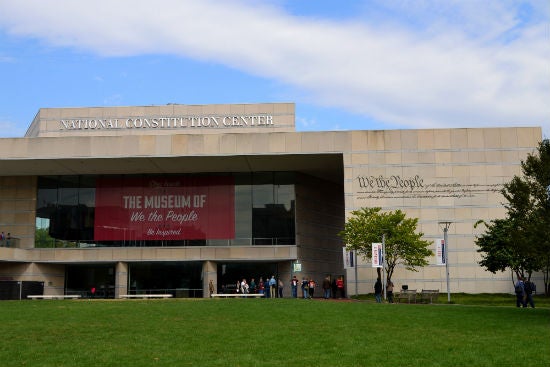
“I don’t think the opening of the Barnes is going to have much affect on us in the long run,” Rosenbach director Derick Dreher said. “I think it’s a case where the rising tide will lift all boats but most of them just a little.”
Dreher said the mega-museums might draw more people to the city but that the audience for those museums is different than for the Rosenbach.
Though Frumkin pointed out that the system is in some ways rigged for a large amount of money to go to a small number of institutions, Dreher said he is not too concerned about funding competition with the larger museums because those tend to be funded by a few, niche philanthropists who are not part of the Rosenbach’s typical donor pool.
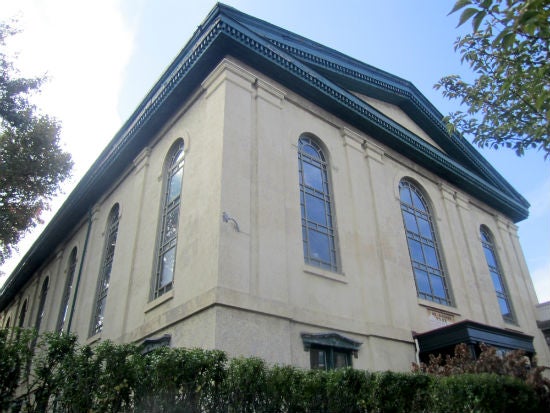
In some cases it is a liability for small institutions like the Slought Foundation to be associated with places like the Barnes Foundation, which many people view as an exclusive white organization, Levy said. He explained that while small organizations tend to take responsibility for a lot of the tensions in the city that is not the goal of the Barnes.
“All of us that live in Philadelphia know that Philly is a very segregated city, and I think we need to think of our institutions in the same way,” he said.
“I think we really have to wake up to the role that culture can play.”
WHYY is your source for fact-based, in-depth journalism and information. As a nonprofit organization, we rely on financial support from readers like you. Please give today.





